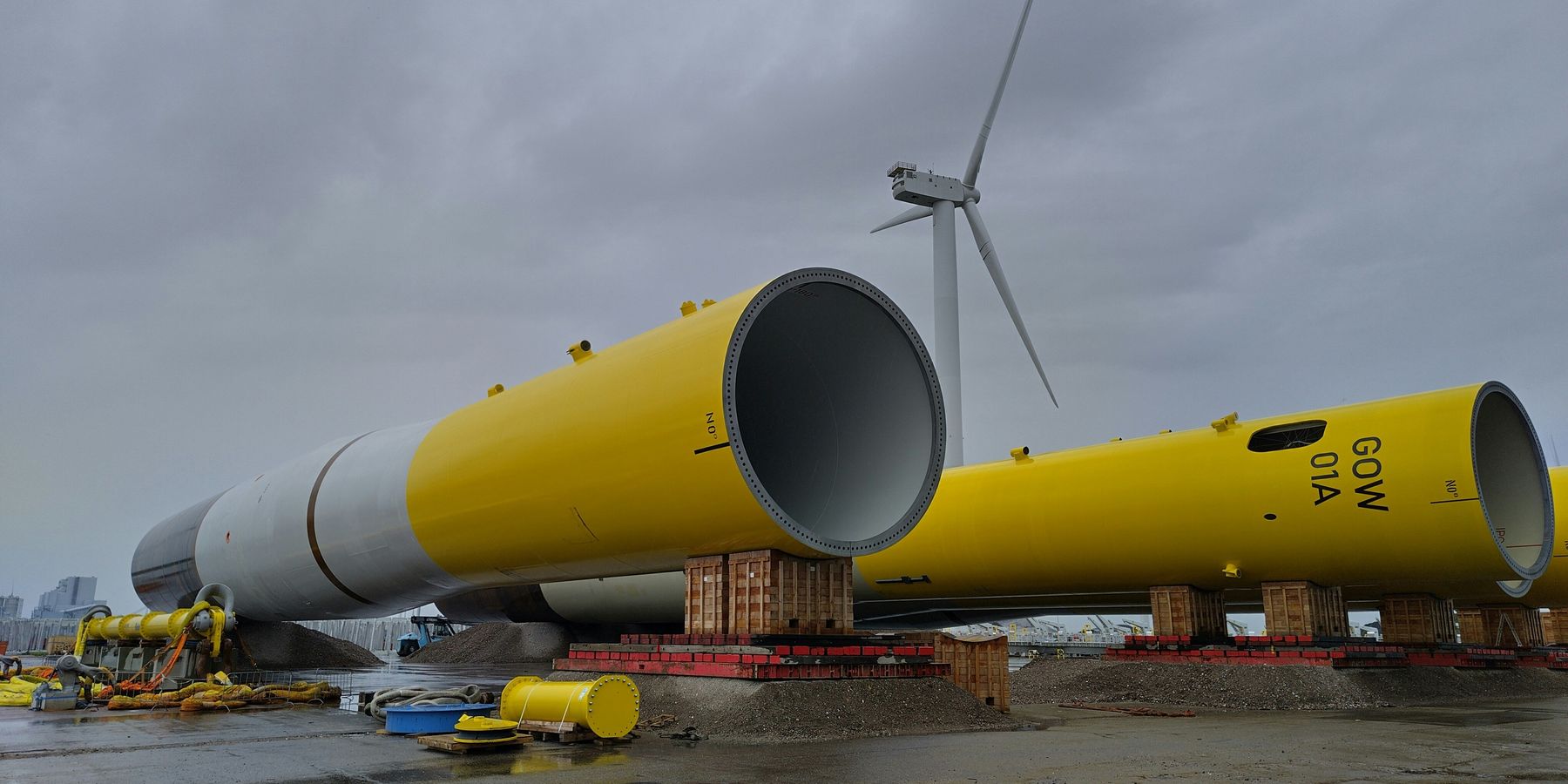The rain is cleaner, but now it’s full of plastic and forever chemicals
A generation after acid rain was largely eliminated, scientists say rainfall is now carrying something even more insidious — microplastics and forever chemicals that are nearly impossible to remove.
In short:
- Decades of environmental policy cleaned up acid rain, but modern pollutants like microplastics and PFAS (forever chemicals) have taken its place, contaminating rainfall worldwide.
- Microplastics from roads, clothing, and oceans get swept into the atmosphere and fall with the rain, while PFAS, used in nonstick cookware and water-resistant fabrics, persist in the environment for centuries.
- These pollutants seep into drinking water sources, and while treatment plants can remove some, a significant amount remains, exposing people and wildlife to chemicals linked to cancer, kidney disease, and immune disorders.
Key quote:
"It’s much worse than the acid rain problem. With acid rain, we could stop emitting acid precursors and then acid rain would stop falling. But we can’t stop the microplastic cycle anymore. It’s there and it’s not going away."
— Janice Brahney, biogeochemist at Utah State University
Why this matters:
Even if you don’t drink untreated rainwater, these pollutants are making their way into tap water, food, and even human brains. Water treatment plants can catch some of it, but not enough. And with microplastics now found in human lungs, blood, and even placentas, the long-term health consequences are still unfolding.
Read more: Toxic PFAS pollution is likely at more than 57,000 US locations.













